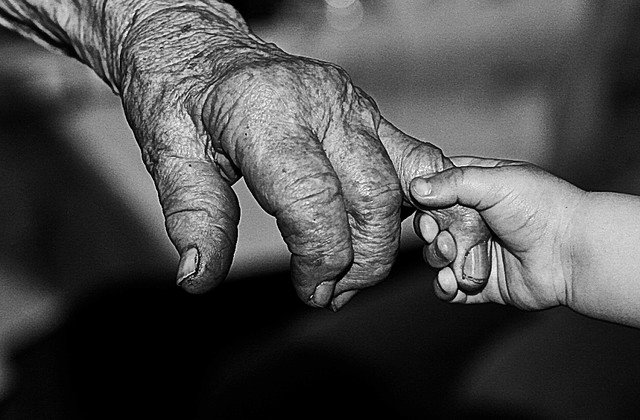Sixth in a series on public/private higher education.
A private nonprofit structure for higher education in Illinois as proposed by State Sen. Bill Brady, in SB1565, is appealing because it might provide more choices for students. Vanilla offerings abound on university campuses fueled by programs such as the Illinois Articulation Agreement, a state requirement for transferable general education courses. It sounds great but it may limit individualized decision making by students and families.
Evidence of market responsive innovation creating variety exists at community colleges. Increasingly, and legitimately, students’ desire skill sets leading to jobs. Degrees, in the traditional sense, may become throw-a-ways.
A developing industry, course bundling, allows students to create packages (bundles) of courses that teach workplace skills when grouped, sometimes with certifications, and cumulatively, may even lead to a degree. The reasons for this practical perspective are many. The increasing cost of degrees, the emptiness of some degree requirements that hold neither interest nor skill development for students, and justifiable fear of looming education debt rightfully cause growing pragmatism.
The perspective of “we know what is best for you” was easy to say and swallow, when, for example, I attended a public university for $262.50 per semester for tuition and fees, $250 for tuition, (Nationally 1970 tuition averaged $427, in-state, so Texas A&M was a good deal even for a New York boy.) and a $12.50 fee for the IBM 360 computer that occupied the whole second floor of the library. The computing power of that behemoth is bested by my cell phone and probably some of the “Dick Tracy” wristwatches I see on campus.
Callousness towards the goals of students is arrogance, especially when the cost is an arm and a leg. Disregard for student wellbeing is insulated from fiscal reality by the hedges of state funding and borrowed dollars.
The G.I. Bill as amended in 1950 allowed educational choices and government dollars to follow student lead, not institutional directive. Brady’s bill likewise would put educational choices in the hands of students to construct their own futures. Some students will get burned attending a money motivated private college. Some are currently deep-fried in debt leaving public institutions. The private institution will be foreclosed upon. The public college goes back to the trough.
The general education curriculum developed at Columbia University a century ago was offered to students to inculcate in them a commonly held view of Western civilization. It was a monolithic outlook at a modern world. Many contemporary institutions subscribe to a postmodern view of the world, one that suggests that each person constructs his or her own reality independently. If that is true we should do away with the core curriculum altogether — each person determines his or her own view of the world — or is that only after they have been stewed in appropriate university juices?
Either the world is individually or corporately defined. Accepting university groupthink demands a worldview that is a century old, an illiberal position. At Columbia in 1919 everybody agreed what was important, culturally relevant, and historically valuable. In the latter half of the 20th century, and the early part of this one, the teaching of the thinking of “dead white men” is denigrated as archaic on campus.
Is a bureaucratic Crock-pot of thinking any less deadening?
And, at the public universities in the state of Illinois, students pay about $14,000 per year for tuition and fees; double that to $28,000 if room and board is included, to hear a cacophony, or medley, of ideas deemed appropriate by campus committees. Students in consultation with family members, counselors, and individual faculty members should decide what to study. Paying $2,800 for a class that addresses a fleeting cultural phenomenon is exorbitant on borrowed funds. All the more troubling when an interested student can investigate anything capable of being conjured up on a wrist watch. For free.
A thoughtful, not for profit university board, faculty members and executive leadership, responding to student interest’s one-at-a-time, based on legitimate student goals, advances the greater social good rather than the status quo. Committees reproduce themselves.
When institutional success is grounded on the aspirations of a student’s creative thinking and skill development, value follows.
The liberated learning marketplace, an economic ecosystem, will produce variety and vitality.




